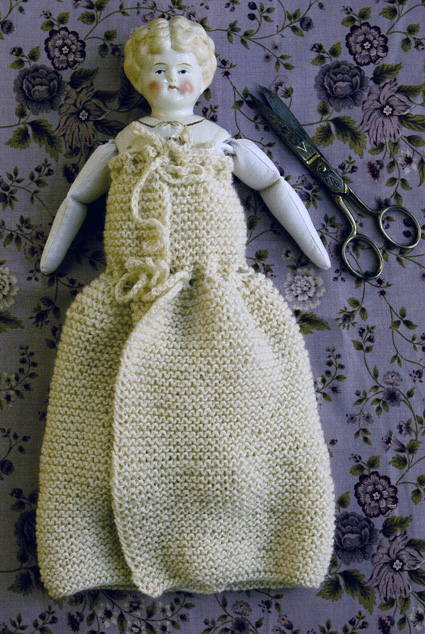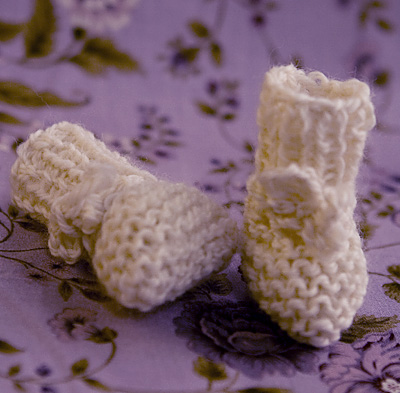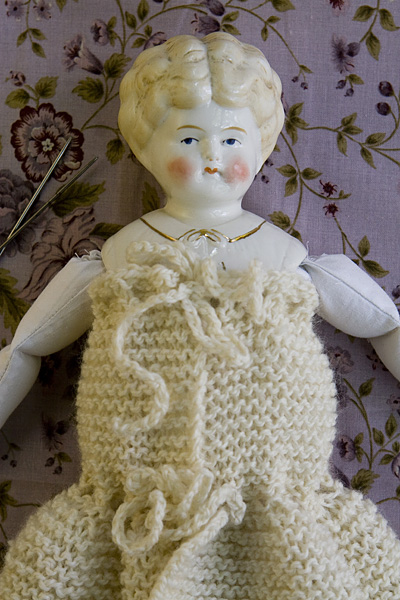

|
| Tweet
|
||
|
|
||
|
||
|
My favorite musical segment was “William’s Doll,” the story of a young boy who is mercilessly taunted because even after his parents pelt him with baseball gloves, model cars, toy trains and what-have-you, he insists that his heart’s desire is a baby doll.* The song made my pulse quicken. I, too, was a boy who wanted a doll and I, too, had suffered for it. The morning after we watched Free to Be… for the first time, I pulled a bright pink plastic baby out of the classroom’s toy bin and stuck a bottle in its mouth. Within seconds our teacher–a strapping woman in a pants suit who kept a picture of Gloria Steinem on her desk–ripped it from my arms with the stern reprimand, “No! That is for the girls to play with.” In our sunny, happy little school, Old MacDonald’s Farm included chicks, cows and sheep, but not a well-developed sense of irony. I never got a doll. My desire for one didn’t go away–but I suppressed it. I once sewed one myself, dressed it in a home-sewn crinoline fashioned from fabric scraps and bits of wire, and dutifully gave it away to a female relation before the objections grew too loud. Then, in a tray of junk at a county flea market, I found Ethel. There wasn’t much to her–just a china head, filthy with dust. But when I plucked her from the mess, the old impulse blossomed, like a forgotten bulb nudged from dormancy by a kiss of sun and water. “You’re mine,” I said. And for ten dollars cash, she was. Sewing Ethel’s new body was simple. Dressing her properly has taken some time. I was torn between a sewn costume or a knitted one–but finding the “Baby Doll” pattern in the 26th series of Weldon’s Practical Knitting settled the question. The ensemble is magnificent – complete from the bonnet to the shoes and undergarment, overlaid by a lace robe. Weldon’s was no slouch when it came to outfitting dolls in style – the 24th series had been devoted almost entirely to fanciful, elegant miniature clothing – but this is a masterpiece even by their own standards. There is so much to the piece that I’ll be presenting in two parts, beginning with shoes and underwear. The shaping of both is simple, but the attention to detail is impeccable. If you’ve a doll of your own in need of clothing, I think you’ll be intrigued. If you haven’t got a doll, this may cause you to go out in search of one. *Spoiler: He finally gets one from his grandmother, who says it’s okay because some day he’ll be a grown-up heterosexual father with a real baby. If William had asked for a Barbie doll and expressed an interest in fashion design, presumably grandma would have joined in the smack-down. |
||
 |
translated by Franklin Habit from Weldon’s
Practical Knitter, Twenty Sixth Series
|
| SIZE |
Fits doll 12–14 inches high |
|
FINISHED MEASUREMENTS |
Shoes: Itty bitty |
|
MATERIALS Notions |
| GAUGE |
24 sts/48 rows = 4 inches in garter stitch |
|
|
 [Knitty's list of standard abbreviations and techniques can be found here.] The original pattern calls for a simple crochet chain to serve as the ties for both shoes and petticoat. If you so desire, feel free to substitute lengths of satin ribbon. DIRECTIONS FINISHING  Weave finished chain in and out of fabric where bottom of shoe meets first row of ribbing. Tie loose ends at front. UNDER-PETTICOAST OR DAY FLANNEL CO 100 sts. Work in garter st (k all rows) until piece measures 8 inches from CO edge. Decrease Row [WS]: K2tog across (50 sts). K 1 row. Eyelet Row [WS]: [K2tog, yo] to last 2 sts, k2tog (49 sts). Work in garter st until piece measures 3 inches from eyelet row. Second Eyelet Row [WS]: [k2 tog, yo] to last st, k1 (48 sts). Knit 1 row. BO. FINISHING Make two 20 inch crochet chains. Weave one chain through each row of eyelets. Petticoat opens at the front, and is tied under the doll’s arms and at the waist. |
| ABOUT THE DESIGNER |
 |
| Pattern & images © 2011. Franklin Habit. |